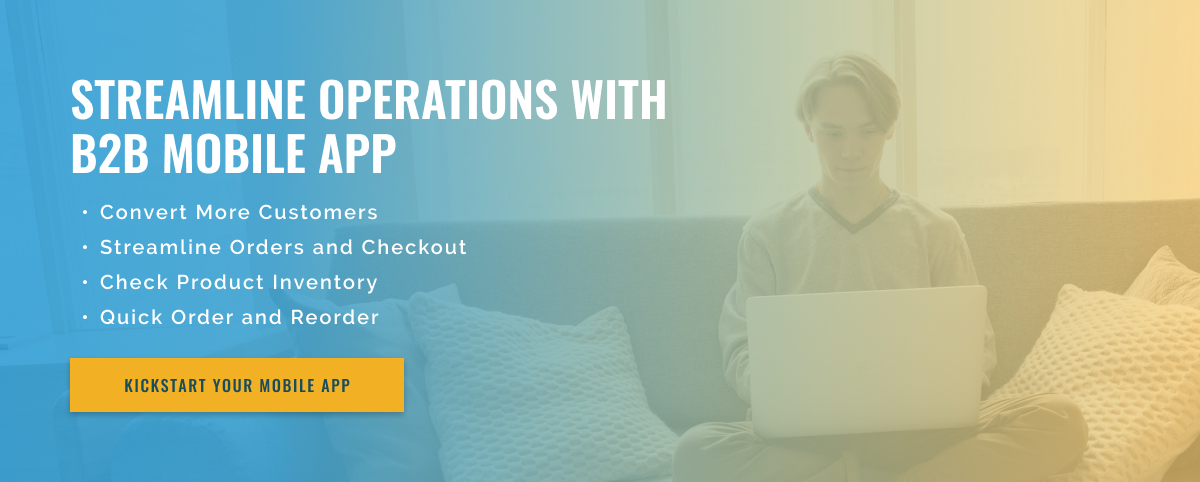3 minute read
B2B Mobile Apps: Managing Feature Requests
The use of B2B mobile apps has increased dramatically in recent years, allowing businesses to stay connected, efficient and productive wherever they are. As mobile technology evolves, businesses are increasingly relying on these apps to streamline their operations, manage customers and transactions, and stay ahead of the competition.
However, with the constant development of technology, companies are always looking for new features and functionalities that can improve the experience of using mobile applications. This leads to an inevitable influx of feature requests from B2B customers.
But how do B2B mobile apps handle these feature requests?
The first step in handling feature requests is to set up a clear and efficient process. This includes identifying and prioritizing the requests that are most valuable to the company and its customers. Typically, B2B mobile app development teams have a dedicated product roadmap that details upcoming features and release schedules. This roadmap serves as a guide for processing feature requests in an organized and timely manner.
Once a feature request is deemed a priority, the development team begins to evaluate its feasibility, estimated cost, and impact on application performance. This includes working closely with stakeholders and customers to understand their needs and expectations. In some cases, the desired feature may already be in development or may require significant resources and time that may not be feasible for the company. In such cases, it is extremely important that the development team communicates clearly with customers and keeps them updated on the status of their requests.
Another important aspect of feature request processing is thorough testing and quality assurance. B2B mobile apps must be reliable and robust to meet customer needs. Therefore, extensive testing is carried out to ensure that the requested feature is seamlessly integrated with the existing features of the application and does not impact its performance and security.
To summarize, B2B mobile apps handle feature requests by implementing a well-defined process, prioritizing requests based on value and feasibility, and communicating effectively with customers. Thanks to this, companies will be able to offer their customers an advanced, feature-rich application that will meet their changing needs and expectations. As technology continues to evolve, B2B mobile apps will continue to adapt and improve, making them an important tool for businesses to stay competitive in today’s rapidly changing marketplace.

